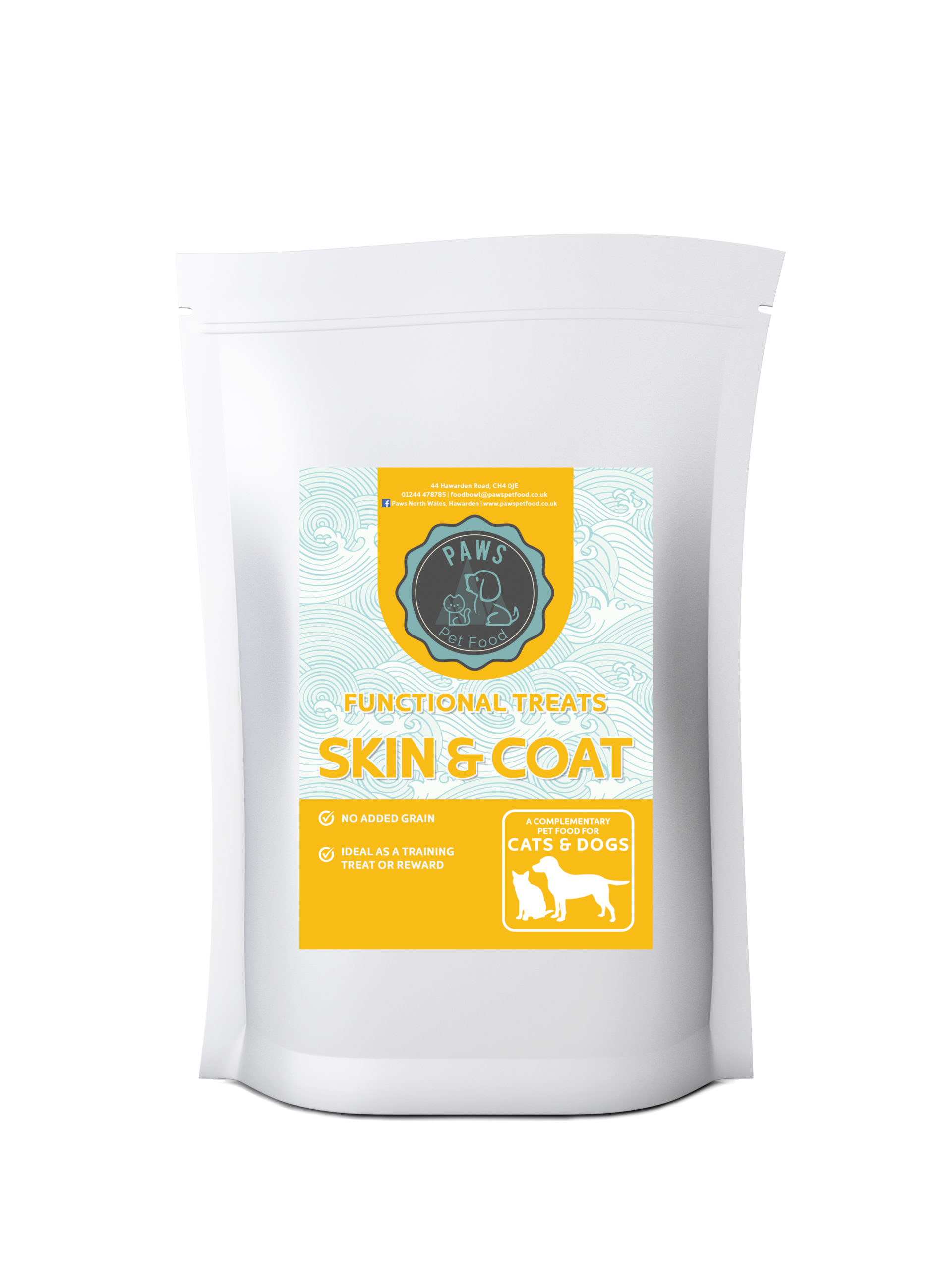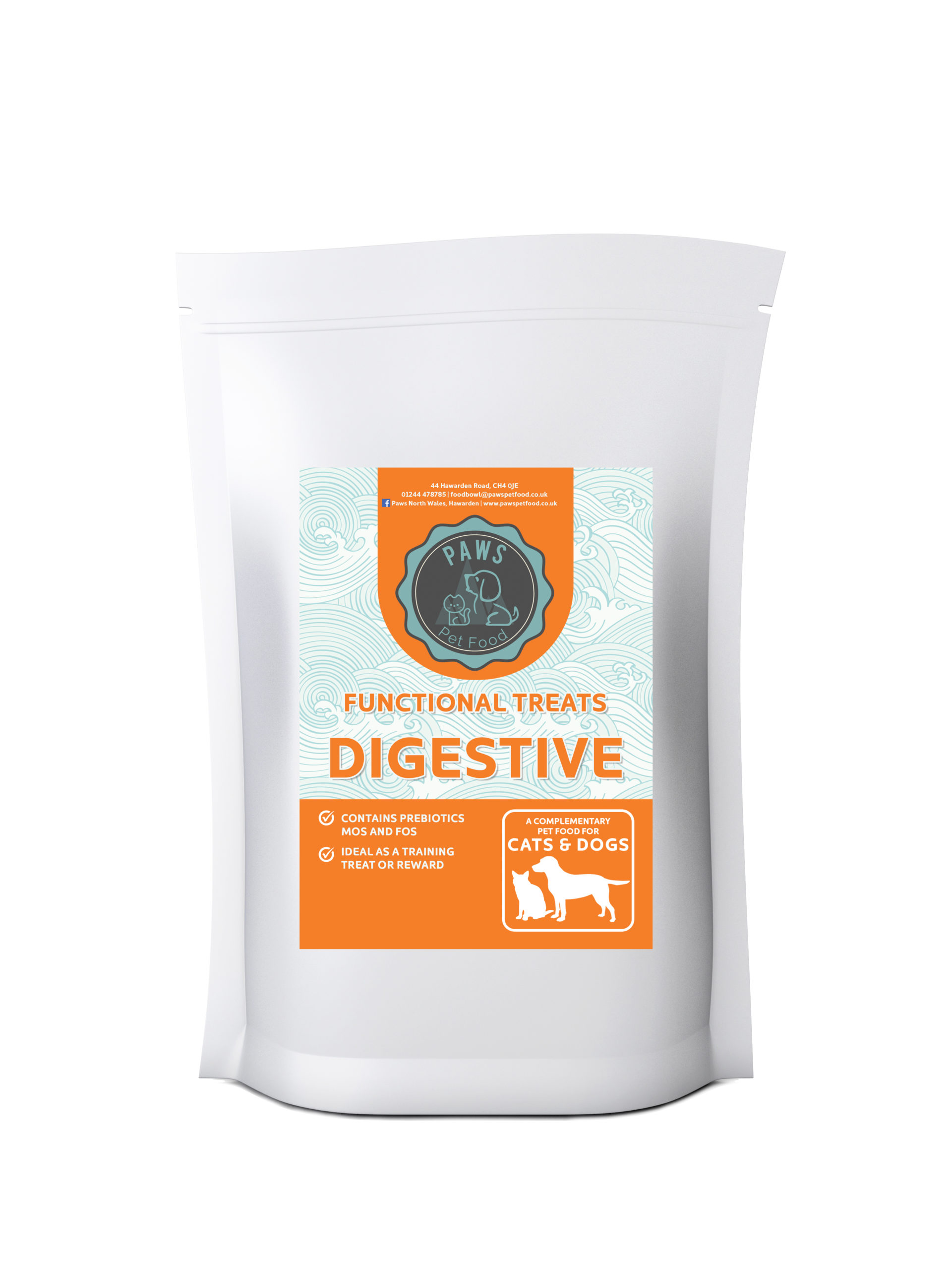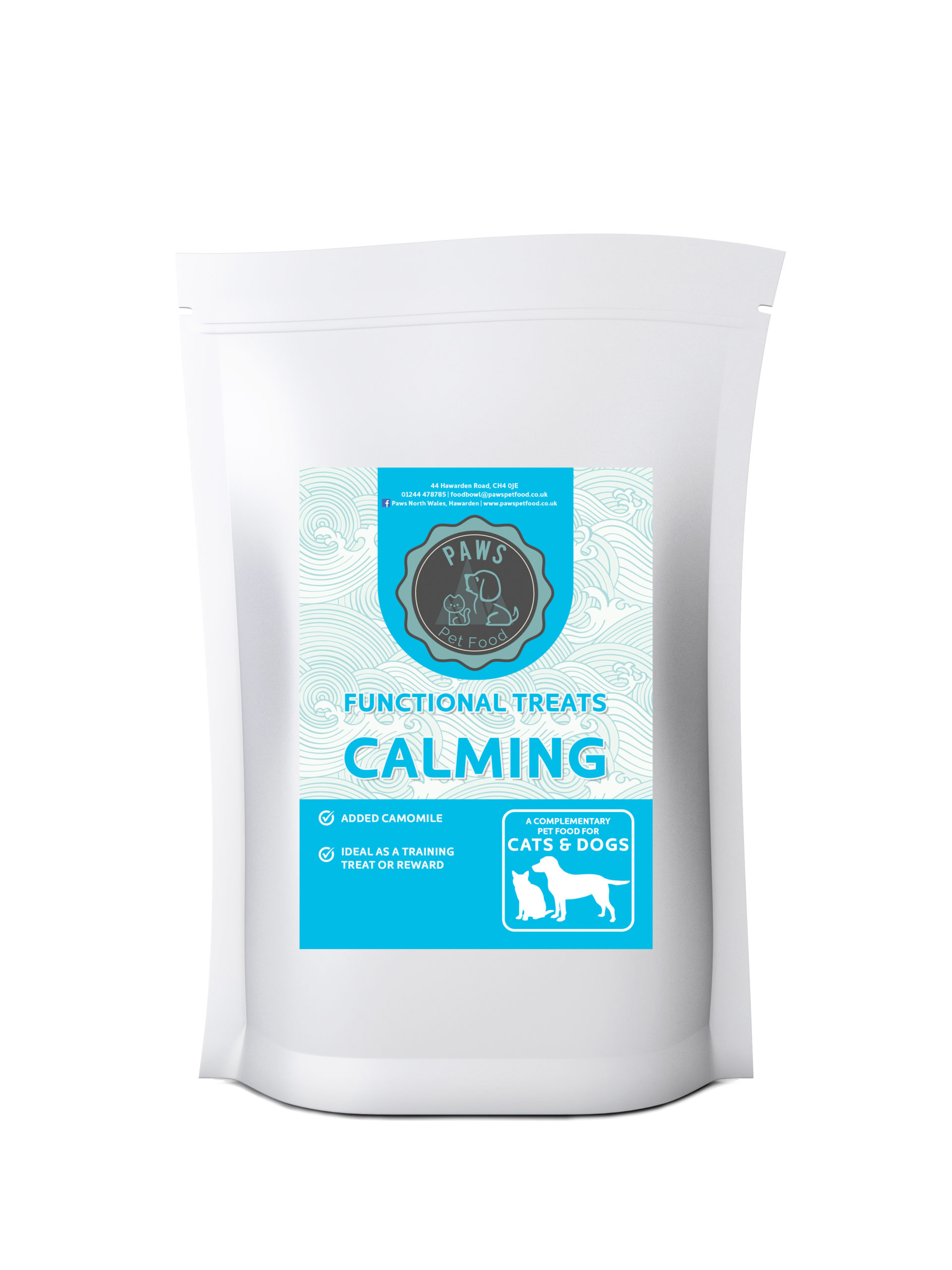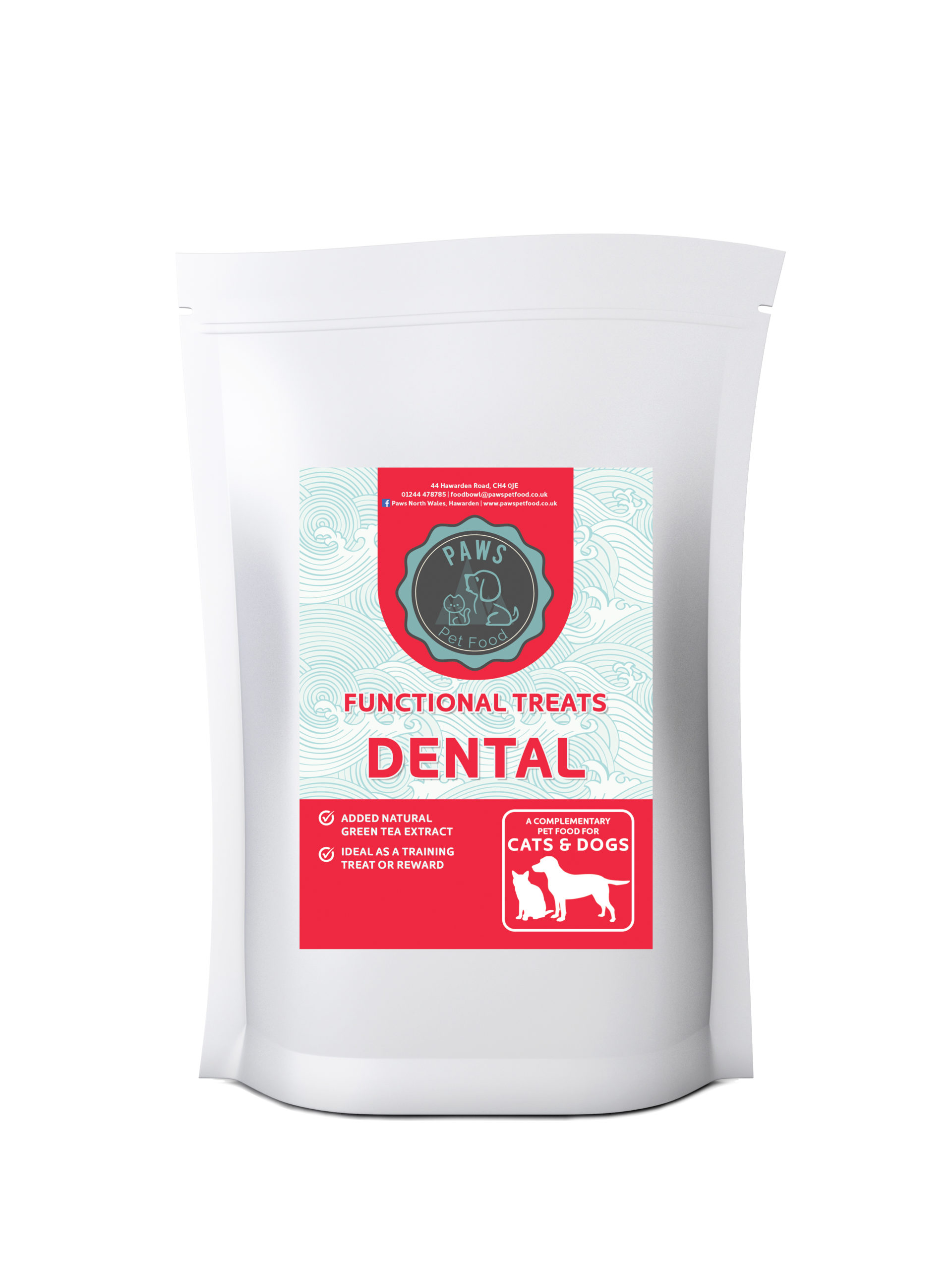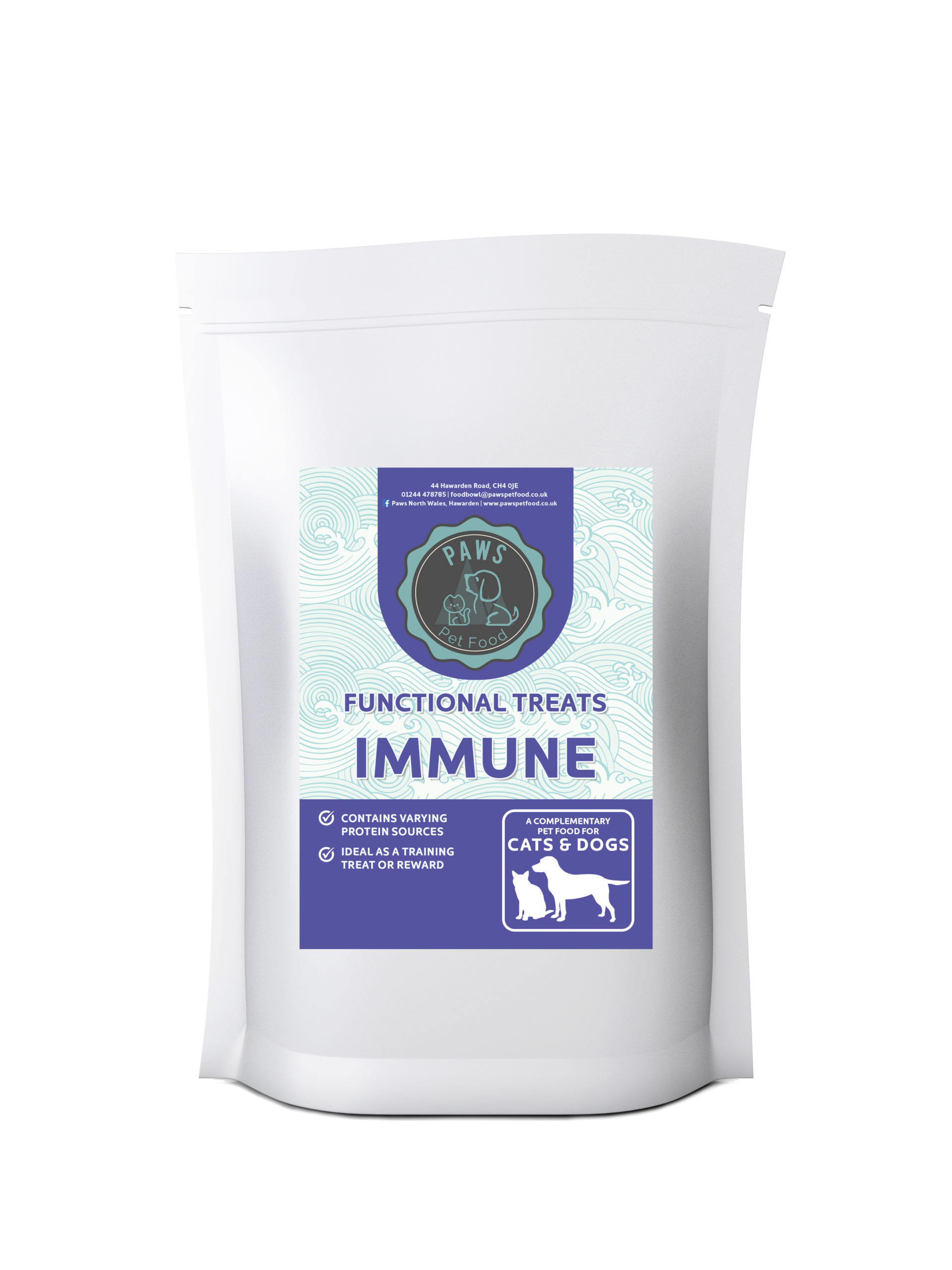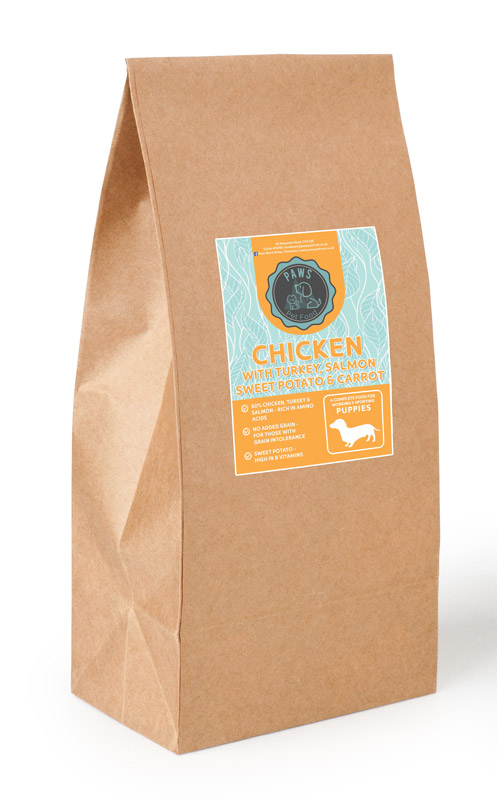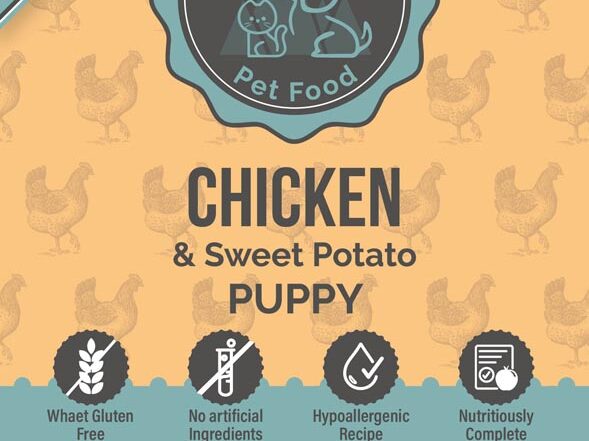Providing the correct amount of food to meet the energy requirements of a puppy is important to help ensure a healthy growth rate and avoid underweight or overweight puppies.
The amounts of food given in puppy feeding guides are calculated based on knowing the amount of energy (calories) required by a puppy and the calorie content of the food. This article summarises the findings of several studies that provide new information on the energy requirements of puppies, which we have used to review and revise our puppy feeding guides.
Energy requirements of puppies
Currently, the equation below, as set out in the National Research Council (NRC, 20061), is widely used for estimating the energy requirements of puppies:
MER (Kcal) = 130 x actual BW0.75 x 3.2 x (e-0.87 x (actual BW/expected mature BW) – 0.1)
where BW = body weight (in kg) and e = base natural log (2.718).
However, over recent years a number of studies, outlined below, have found that the energy requirements calculated using this equation did not reflect the actual energy intakes of puppies fed to maintain an ideal body condition score during growth. The studies indicate that puppies of different breeds (sizes) have different energy requirements and this is not accounted for in the above equation.
Dobenecker and colleagues2 first reported a difference in the energy intakes of beagle puppies (medium-sized breed) compared to Foxhound-Boxer-Ingelheim-Labrador cross-breed puppies (large-sized breed) required for the puppies to grow in accordance with the recommended weight curve for each breed. In addition, the energy intakes of both breeds were considerably lower than that calculated by the NRC equation.

Further differences in energy requirements between puppies of different sized breeds have been reported. The energy intakes of both miniature schnauzer (medium-sized) and Yorkshire terrier puppies (toy/small-sized) were significantly lower than Labrador puppies (large-sized) in the period up to 29 weeks old3.
When compared with the energy requirements calculated using the NRC equation, the actual energy intakes of Labrador puppies were found to be quite close4. In contrast, the NRC equation markedly overestimated energy requirements of miniature schnauzer puppies between 8 – 15 weeks3, Yorkshire terrier puppies between 10 – 20 weeks4 and Norfolk terrier puppies (small-sized) between 10 and 52 weeks5.
In a study of privately-owned puppies (rather than research colony dogs in the above studies) covering a wide range of breeds and sizes, it was also reported that the NRC equation tended to overestimate the energy, by approximately 20%, in puppies below six months old6. This study also found that energy intake significantly increased as the expected mature body weight increased and significantly decreased as puppies aged.
Together, all of these studies indicate that the NRC equation is not ideal for calculating the energy requirements of puppies as for many breeds/sizes, this would likely result in puppies being offered more food than required. Over-feeding can lead to more rapid growth, which may harm skeletal development, particularly in large breed puppies. It can also result in excessive weight gain/obesity, which is associated with detrimental effects on the health and lifespan of dogs.
Energy requirements of puppies of different sizes/breeds
 Many of the above studies recommended that the NRC equation needs revising or that breed-specific equations for estimating energy requirements of puppies should be developed. While breed-specific equations may be a long way off, the team of veterinary nutritionists that gathered and analysed the data collected from many breeds/sizes of privately-owned puppies during growth did provide some recommendations of energy intakes for puppies with different expected adult bodyweights and age categories6.
Many of the above studies recommended that the NRC equation needs revising or that breed-specific equations for estimating energy requirements of puppies should be developed. While breed-specific equations may be a long way off, the team of veterinary nutritionists that gathered and analysed the data collected from many breeds/sizes of privately-owned puppies during growth did provide some recommendations of energy intakes for puppies with different expected adult bodyweights and age categories6.
They also found a linear relationship between realised growth (actual BW/expected mature BW) and metabolisable energy (ME) intake per kg BW0.75. From this, they developed an equation to calculate the energy intake for puppies grown according to recommendations6.
ME intake (MJ) = (1.063 – 0.565 x [actual BW/expected mature BW]) x actual BW0.75
where BW = body weight (in kg).
Revised feeding guides for puppies
As a responsible pet food upplier, we will continue to use information and data regarding differences in energy requirements between puppies of different expected mature body weights, such as highlighted in the studies mentioned above, to update puppy product feeding guides for owners to follow. This, in turn, should help ensure healthy growth rates and limit the risk of either underweight or overweight puppies.
It is also important to note that even if feeding guides are improved based on these latest research findings, the suggested amounts of food to offer are not absolutely definitive. They can be used as a starting point and adjusted if necessary – e.g. increased slightly if the puppy is not gaining weight or decreased slightly if the puppy gains a lot of weight in a short time.
References
1. National Research Council. (2006) Nutrient requirements of dogs and cats. National Academies Press: Washington, D.C., USA.
2. Dobenecker, B., Endres, V. & Kienzle, E. (2013) Energy requirements of puppies of two different breeds for ideal growth from weaning to 28 weeks of age. J Anim Physiol Anim Nutr, 97, 190-196.
3. Alexander, J., Colyer, A., & Morris, P. (2017). Energy requirements for growth in the Yorkshire terrier. J Nutr Sci, 6, E26. doi:10.1017/jns.2017.26
4. Brenten, T., Morris, P.J., Salt, C., Raila, J., Kohn, B., Brunnberg, L., Schweigert, F.J. & Zentek, J. (2014) Energy intake, growth rate and body composition of young Labrador retrievers and miniature Schnauzers fed different dietary levels of vitamin A. Br J Nutr, 111, 2104-2111.
5. Bradley, S., Alexander, J., Haydock, R., Bakke, A.M. & Watson, P. (2021) Energy requirements for growth in the Norfolk terrier. Animals 11(5), 1380. https://doi.org/10.3390/ani11051380
6. Klein, C., Thes, M., Böswald, L.F. & Kienzle, E. (2019) Metabolisable energy intake and growth of privately owned growing dogs in comparison with official recommendations on the growth curve and energy supply. J Anim Phsiol Anim Nutr, 103, 1952-1958.

Dr Adrian Hewson-Hughes
Nutrition, Food Safety and Innovation Advisor
Adrian graduated from the University of Sunderland with a BSc (Hons) in pharmacology and went on to work in a Multiple Sclerosis laboratory at the Institute of Neurology, University College London where he obtained a PhD. After several more years as a ‘postdoc’ in academia at the Universities of Cambridge and Nottingham, he joined Mars Petcare and spent 14 years working in R&D at the Waltham Centre for Pet Nutrition. Adrian led various research projects on palatability, feeding behaviour, nutrition and metabolism in both cats and dogs resulting in scientific publications, presentations and product innovations. In October 2018, Adrian joined our supplier, excited by the opportunity to support the continued innovation and investment that our supplier commits to, bringing the highest quality products to their Partners and pets.
Freshly Prepared High Quality Puppy Food
free delivery DPD 2-3 days
Grain Free and with grain freshly prepared high meat content dry food for puppies. Free Delivery in the UK. Buy our puppy dry dog food online. You won’t find any added artificial flavors, colors, or preservatives in this dry young dog food.
New customers 10% off their first order if you add code pawspetfood at checkout stage.
Love our food? Sign up for a monthly subscription on your product’s page, save money every month and never run out of your pet’s food. Manage your account online; pause or cancel your subscription any time.
Grain Free and with grain freshly prepared high meat content dry food for puppies. Free Delivery in the UK. Buy our puppy dry dog food online. You won’t find any added artificial flavors, colors, or preservatives in this dry young dog food.
New customers 10% off their first order if you add code pawspetfood at checkout stage.
Love our food? Sign up for a monthly subscription on your product’s page, save money every month and never run out of your pet’s food. Manage your account online; pause or cancel your subscription any time.
Puppy Food Articles
Fuel Your Energetic Pup with Paws Pet Food: Grain-Free Chicken & Sweet Potato Kibble Biscuits – Made in Wales!
Grain Free Chicken & Sweet Potato Puppy Dog Food Kibble Biscuits 2kg 12kg *Made in Wales* Welcoming a new puppy into your home brings immense joy and responsibility. As puppy parents, we [...]
Comprehensive Guide: Common Health Concerns in Dogs and How to Address Them
Canine Wellness Guide: Navigating Common Dog Health Concerns and Proactive Care Dogs, like any other living beings, can face a variety of health concerns. It's important for pet owners to be aware of these [...]
Tasty Goodness: Paws Pet Food’s Wheat-Free, Gluten-Free Salmon and Potato Kibble for Big Puppers!
Wheat Free Gluten Free Large Breed Puppy Salmon & Potato Puppy Dog Food Kibble Biscuits 2kg 12kg *Made in Wales* Welcome to a world where your furry friend's health and happiness take [...]
Fueling Furry Champions: Paws Pet Food Grain Free Chicken and Sweet Potato Puppy Kibble
Grain Free Chicken & Sweet Potato Puppy Dog Food Kibble Biscuits 2kg 12kg *Made in Wales* In the heart of Wales, where lush landscapes meet the serenity of nature, Paws Pet Food [...]
Large Breed Puppies Food – What should you feed them?
The dietary requirements of large and small breed puppies vary somewhat from their adult counterparts. With growth and development resulting in both increased and decreased requirements for various nutrients compared to adult maintenance. Meeting [...]
Hypoallergenic Pet Food – Separating the Facts from the Hype
What is a food allergy in dogs and cats? Dogs and cats may display adverse reactions to food that can be broadly divided into two groups – immunological (food allergy) and non-immunological. A food [...]







